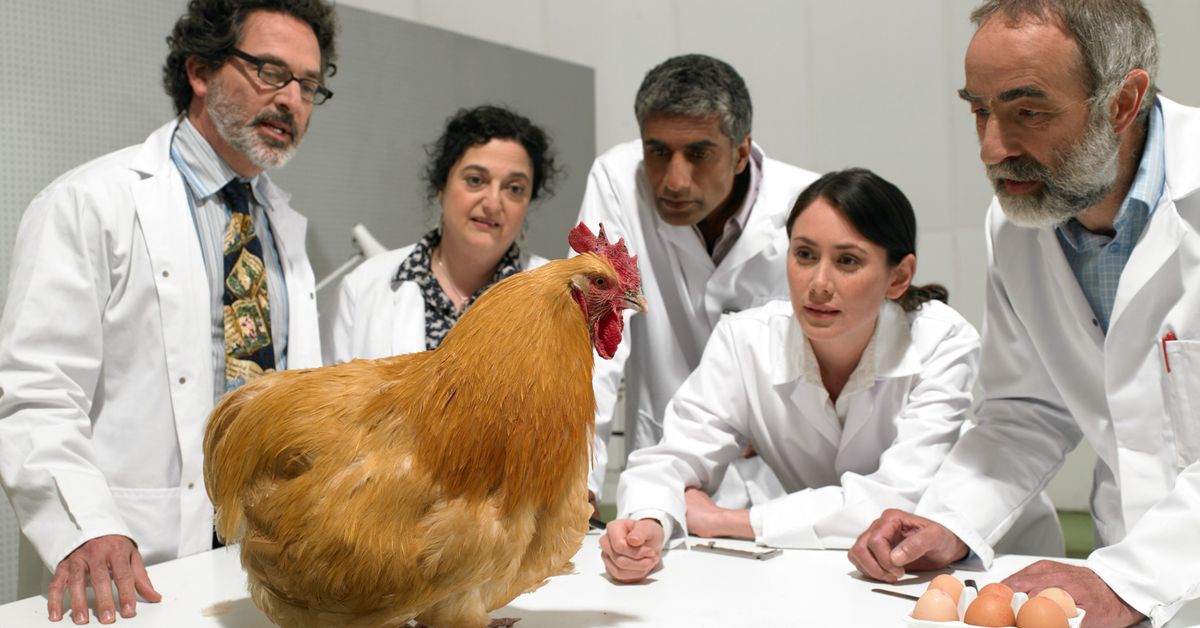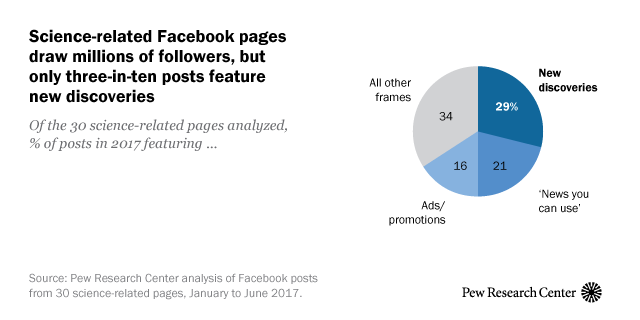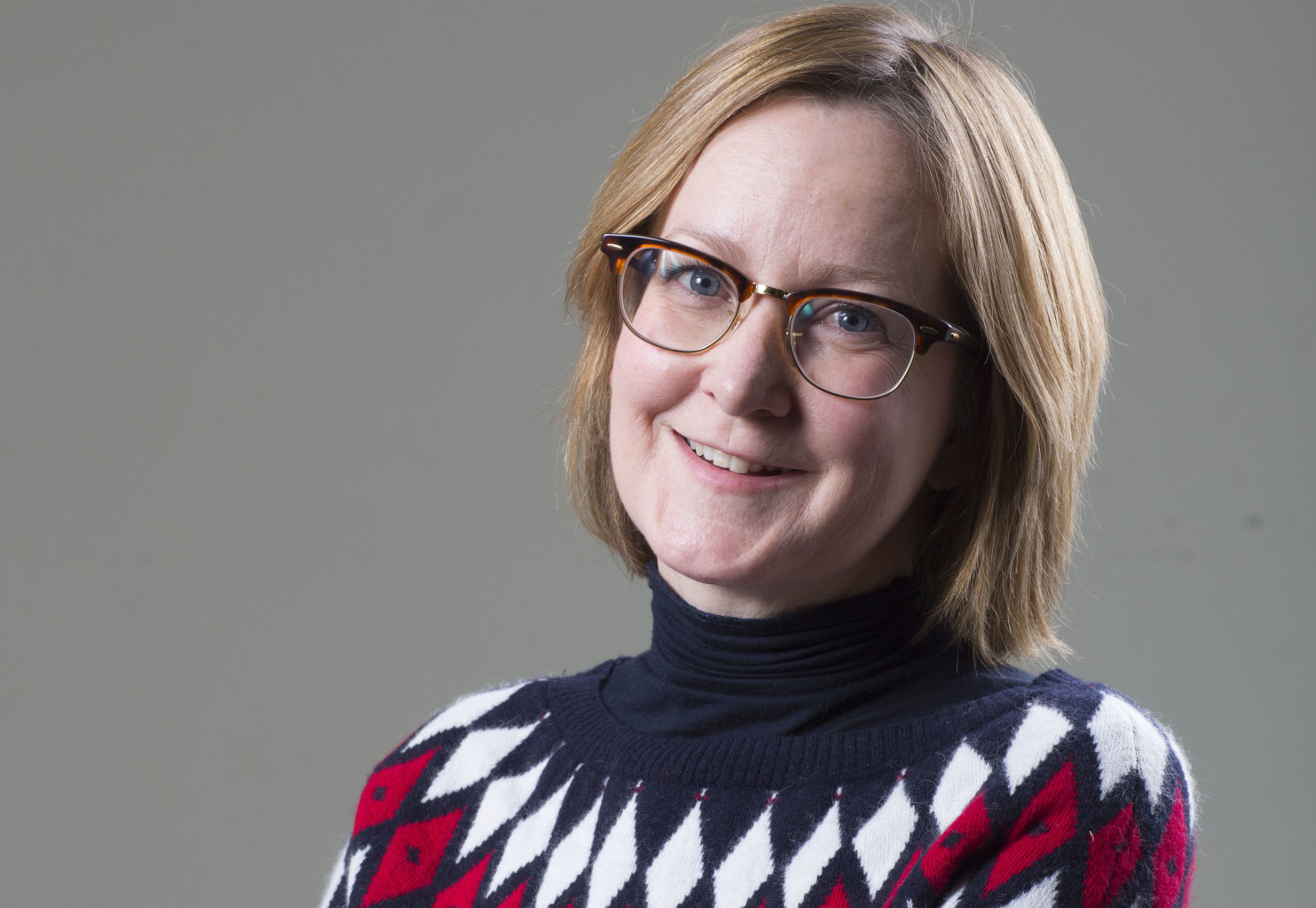Living Science - The Voice of Evidence
In an era in which evidence is being disregarded, scientists need to speak up in support of the pursuit for truth. If we do not successively train our youth to distinguish between truth and falsehood, we are at risk of raising a new generation unused to recognizing truth as derived from evidence.














